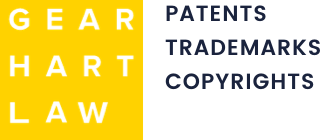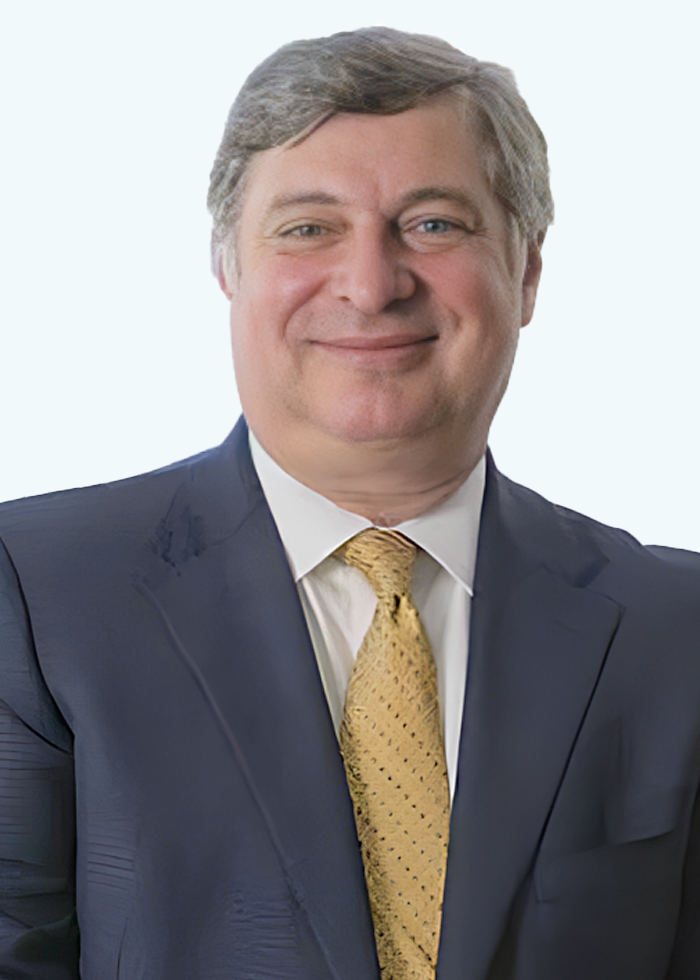Patent protection is vital for inventors and businesses that want to safeguard their innovations. While both the United States and Europe offer strong systems for obtaining patent rights, the examination process is not identical. Understanding how the U.S. Patent and Trademark Office (USPTO) and the European Patent Office (EPO) handle applications can help you decide where to file first and how to prepare your strategy.
The First-to-File Standard
Both the U.S. and Europe use a first-to-file system, meaning the first person to file a patent application has the rights to the invention. That said, the U.S. only adopted this system in 2013 under the America Invents Act, while Europe has operated under it for much longer. In practice, this means timing is critical in both jurisdictions. Filing quickly can make the difference between securing protection and losing it.
Subject Matter Eligibility
The two systems also differ in what they consider patentable.
- United States: The USPTO generally allows patents for processes, machines, manufactures, and compositions of matter, but it places limits on abstract ideas, natural laws, and phenomena. Software-related inventions may be patentable if tied to a technical improvement, but eligibility can be restrictive.
- Europe: The EPO has stricter rules for subject matter. Methods of doing business, mathematical methods, and certain software innovations are excluded unless they show a clear technical solution to a technical problem.
For inventors in areas like software or biotech, these differences can significantly affect where a filing is more likely to succeed.
Grace Periods for Disclosure
Another important difference is how early public disclosure of your invention is treated.
- United States: The USPTO provides a 12-month grace period, meaning you can still file for a patent up to a year after publicly disclosing your invention.
- Europe: The EPO does not generally allow for a grace period. Any disclosure made before the filing date is considered prior art and and could block your application from being approved, with very few exceptions.
This makes confidentiality agreements and careful timing even more critical if you are considering European protection.
Opposition and Post-Grant Review
Challenging a patent also works differently across jurisdictions.
- United States: Once a patent is granted, it can be challenged through mechanisms such as post-grant review, inter partes review, or reexamination. These processes are carried out by the USPTO’s Patent Trial and Appeal Board (PTAB).
- Europe: The EPO provides a nine-month post-grant opposition period during which third parties can formally oppose the grant of a patent. If the opposition is successful, the patent can be revoked or amended.
The European process is centralized, meaning an opposition applies across all designated countries where the European patent would have taken effect.
Timelines and Examination Style
Examination timelines and communication styles also vary.
- United States: On average, the USPTO takes between two and three years from filing to grant. The examination process is interactive, often involving back-and-forth communication between the applicant and the examiner.
- Europe: The EPO process can take three to five years, sometimes longer. Examiners often provide detailed written opinions early in the process, and the applicant may need to address multiple objections related to clarity, unity, and technical effect.
These differences in pace and style can influence cost, strategy, and the overall experience for inventors.
The Role of the Patent Cooperation Treaty (PCT)
For applicants seeking both U.S. and European protection, the Patent Cooperation Treaty can serve as a bridge. Filing a PCT application allows you to preserve rights in multiple countries while postponing the need to enter the U.S. or European systems. This can provide more time to refine your invention, raise funding, or assess markets before committing to national or regional phases.
Choosing the Right Path
While both the USPTO and EPO aim to reward innovation with strong patent rights, the procedures, eligibility rules, and post-grant systems differ in meaningful ways. For inventors and businesses, understanding these differences is the first step in deciding how and where to protect their ideas.
At Gearhart Law, we help clients assess their options and develop filing strategies that align with both their inventions and their business goals. Whether you are a startup with your first patent application or a growing company looking at U.S. and European protection, our team can guide you through the process.
Contact Gearhart Law today to schedule a consultation and learn how we can help you secure your intellectual property in the U.S., Europe, and beyond.

